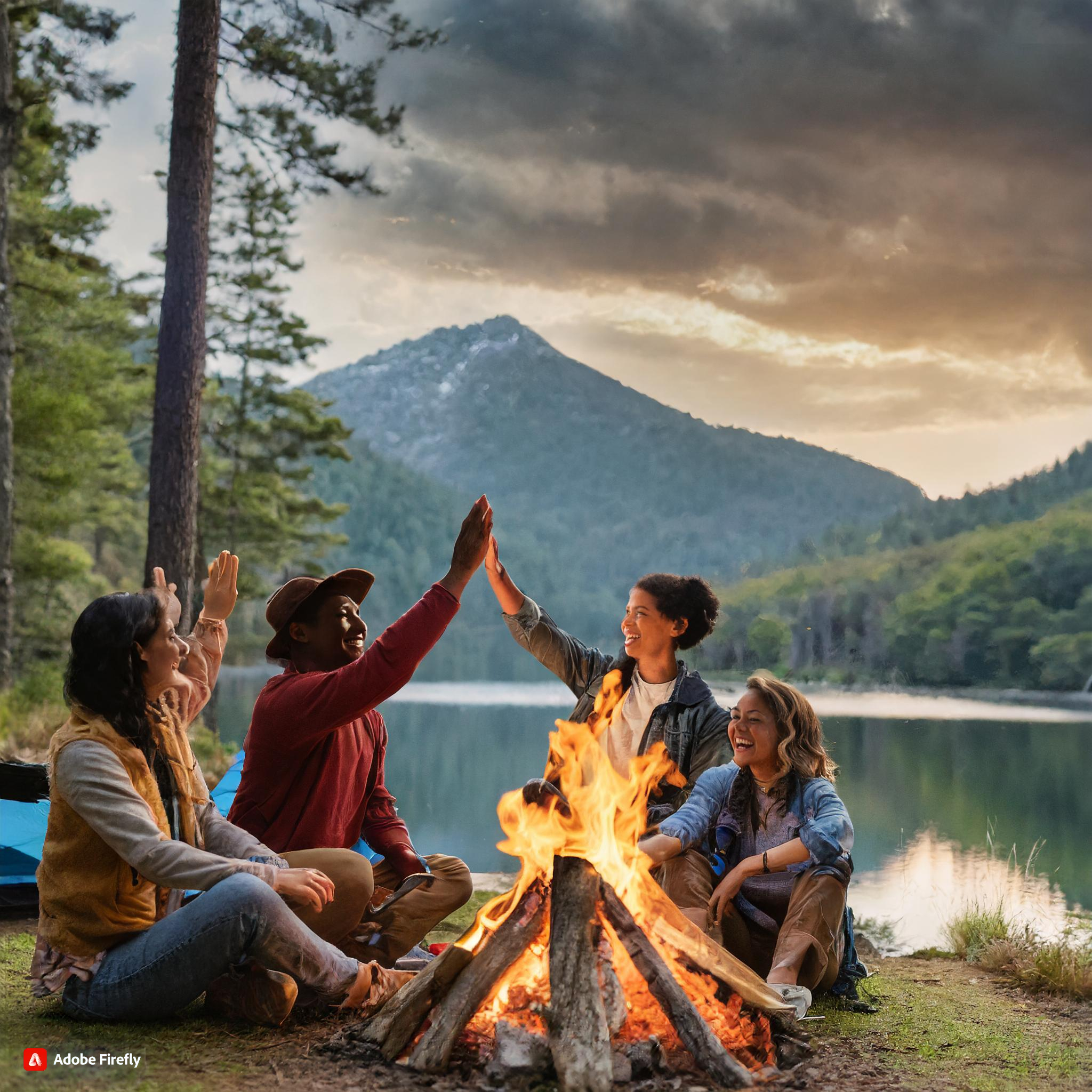 I aim to support conservation efforts without dwelling on burnout, a term that, though valid, is often overused. The burnout discourse tends to spotlight individuals rather than address systemic workplace issues. Recognizing the widespread experience of burnout, I advocate for a shift toward fostering thriving communities. Drawing from anecdotal research, here are three strategies for cultivating such communities while combatting burnout.
I aim to support conservation efforts without dwelling on burnout, a term that, though valid, is often overused. The burnout discourse tends to spotlight individuals rather than address systemic workplace issues. Recognizing the widespread experience of burnout, I advocate for a shift toward fostering thriving communities. Drawing from anecdotal research, here are three strategies for cultivating such communities while combatting burnout.
#1 Clarify priorities and expectations
Staff at agencies often feel overwhelmed due to unclear expectations and priorities. In workshops, polls indicate this as the number two factor contributing to teams not being well.
In my experience in the archery industry, everything seemed urgent, leading to a lack of actual priorities. Everyone must identify their top two or three projects and priority tasks within them. Supervisors should list each staff member’s expected projects and tasks, inviting them to do the same for themselves. If supervisors have difficulty completing this exercise, imagine what staff are feeling.
Regularly review and adjust these priorities, ideally monthly, to maintain a balance between autonomy and alignment. Additionally, recognize and support passion projects as they provide energy and motivation, essential for preventing burnout. This final aspect holds particular significance, especially in cases where priorities have remained ambiguous for an extended period.
#2 Celebrate
Agency staff, typically underpaid and undervalued, often join for passion over salary. While improving pay is crucial, prioritizing the celebration of both small and large victories, as well as failures, is equally important. Shockingly, during a conservationist gathering, not one person reported weekly celebrations within their teams. Celebrating together boosts morale, confidence, and team cohesion. Engage your team in deciding how they want to celebrate; most have ideas on how to feel valued.
Here are some suggestions:
For virtual teams:
- Create a collaborative whiteboard for wins, gratitude, and lessons from failures.
- Rotate leadership for weekly virtual celebrations to make it inclusive.
- Explore more ideas at: https://teambuilding.com/blog/virtual-team-celebration
For location-based teams:
- Establish a weekly team celebration, rotating leadership.
- Set up celebration boards in the office for wins, shout-outs, and experiment results.
#3 Implement behavior agreements
Many conservationists with whom I have spoken emphasize that “abuse by the public” significantly affects team well-being. I’ve shared insights on this topic, drawing from my recent experience as a panel member at an agency meeting. To learn more, you can read about it HERE (and subscribe to my newsletter).
To quickly summarize, I suggest implementing clear rules of engagement in registration, displaying at events, and enforcement by trained facilitators. Better structured Q&A sessions, time management, pre-event safety briefings, and post-event support for diverse panelists enhance event effectiveness and well-being.
Take the first step within your teams. Establishing agreements on dialogue and addressing conflict within your team makes it easier to extend these practices to public meetings. I encourage you to develop these when teams are not in conflict and point them out at every team meeting. I also suggest reviewing when new team members arrive, allowing them to provide additional input. Explore team agreements further in my Team Wellness or Conflict Resolution workshops. Feel free to reach out for additional details.
Closing remarks
It is incumbent upon agencies and organizations to cultivate thriving workplaces in conservation. By prioritizing well-being and implementing strategies such as clarity, celebration, and clear rules of engagement, teams can progress towards thriving. I am confident that these actionable approaches will positively transform workplace dynamics. Creating thriving environments is my purpose and passion. Reach out when you are ready to embark on this journey together.
Written by Michelle Doerr and edited using AI. Image created using AI.
